Modern-day humans are highly dependent on software and web applications to record or track even routine activities like walking! The increasing reliance on information technology for improving the quality of life and overall experience has resulted in a demand surge for more sophisticated software and apps.
Regrettably, if the end-user is not satisfied with the software due to bugs or downtime, he may reject it, and all the effort (from building to marketing and selling) goes into vain. Half-baked releases often prove to be expensive as they lead to delays and disrupt the company’s operations.
To meet the client’s demands, the organization must release a timely fix, either as a patch or the full version, which is a genuine challenge. This increased the need for coordination between the development and release of software versions and resulted in a software development discipline called release management, also called the deployment process
What Is Release Management?
With the swift innovations in technology, software engineering has shifted from project-based to product-based results. In this approach, each assignment is viewed as a product that is supported, upgraded, and re-launched over a lifetime. In the product-based software offering, the result is not the release; instead, it comprises continual advances in support and enhancements.
Release management is the process of planning, scheduling, and managing the software through the stages of development, testing, deployment, and support of the release to improve its efficiency. Along with the support and maintenance of the software, It involves all the deployment steps and is therefore also called the deployment process.
DevOps is one of the development approaches which follow the release management process. For the uninitiated, DevOps helps in coordination between the developers and operations in software development.
How Release Management Works
Starting with the first stage of the software development lifecycle (SDLC), the release manager receives the request for a change in features or functionality required by the client. After the request is approved, the team commences the design and planning of the new release. The revised or upgraded version of the release is built by the development team.
Post-development, the new release is sent for testing, where the team makes the required amendments before the release is accepted. Upon release approval, it moves into the deployment phase, where it is fully available.
Support is the last stage of the release management process, where the team documents the bugs and sends the feedback or requirements for fresh release to the development cycle. This well-defined path ensures the smooth functioning of the process.
Benefits of Release Management
With the focus on continuous improvement, release management has wide-ranging benefits. A few of them are listed below:
- Improves efficiency: Release management helps in increasing the efficiency of production by reducing downtime. Moreover, as the speed of the process is accelerated, the new release is launched in a shorter time, and the end customer starts using the updated version of the software. It ensures that the company is responsive in the market by releasing updates, increasing revenue, and creating a strong market value in the long run.
- Empowers communication and coordination: Consistent communication between all the teams helps in a better understanding and holistic improvement of the product. Improved communication and collaboration with different team members drive innovative work culture. The complete development and operations process is streamlined, which prevents delays in the schedule.
- Enhanced quality: The entire process is standardized as the release management process helps in developing single documentation with revised requirements. The team is able to learn from the previous releases and give enhanced software quality. A well-documented process aids in proper knowledge transfer to the team and doesn’t require the team to start from scratch. This enables the delivery of high-quality software to the end user.
Release Management Templates
Effective release management helps in the efficient utilization of resources and prioritizes better user experience without impacting the overall functioning of the software. SlideTeam has designed these release management templates to help you take a smooth transition from development to the deployment process and support.
Download these pre-designed release management templates and customize them as per the business requirements.
Template 1: New Product Release Management Playbook PPT Deck
This presentation deck will help you showcase release management best practices to effectively execute the product launch process that enhances customer awareness and attract potential leads. It covers elements like a product launch, product statement, and product development capabilities. You will find slides that allow you to manage and track the product launch progress timeline, pre-launch, during launch, and post-launch. Essential activities related to pre-launch, like product positioning, ideal customer profiles, product promotional activities, and product pricing, are also covered in this PPT Deck. Download it now!
Template 2: Software Release Management Presentation Deck
Elevate your software development and launch process to a new level with this pre-designed PPT Template bundle. It entails slides on the software release management action plan, strategy, cycle, and comparative assessment of release management tools. You will find the release management quarterly roadmap, sales software release KPI Dashboard, process phases, key roles, and best practices of release management in this PPT Collection. Get it now!
Template 3: Deployment Strategy PPT Presentation Templates
Highlight the deployment strategies and the challenges associated with them with this pre-designed release management template. IT professionals can highlight the comparative study of various deployment strategies for smooth release management using this exhaustive complete deck. Grab it today!
Template 4: Deployment Strategies Overview Presentation Deck
Illustrate the strategy of software deployment using the attention-grabbing release management templates of this bundle. You can present the AB testing, canary deployment, routing techniques, and post-deployment monitoring with this content-ready template. Download it now!
Template 5: Deployment Strategies And Release Best Practices
Discuss the challenges of modern technology and the ways to overcome them by incorporating this release management template. Using this deployment strategies complete deck, IT professionals can quickly develop the roadmap for a software release. Download it now!
Template 6: Deployment Strategies PowerPoint Presentation Deck
Present the deployment strategies for successful release management by incorporating this presentation template. Discuss the approaches, assumptions, risks, patterns, approaches, and blue-green strategy deployment strategies with slides of this PPT Bundle. It allows you to highlight the advantages and best practices for the team members. Get it now!
Template 7: Five-steps Flow Chart for Release Management
Create a five simple step process to manage your business releases with this presentation template and standardize the management process. Save your time and effort to start every time from scratch with this go-to release management strategy tool. This spacious PPT Design is customizable to its core elements, and you can add text, change color, theme, or graphics to match your needs or branding. Grab it today!
Template 8: Release Management Lifecycle Presentation Design
Use this presentation design to consolidate the complete release management lifecycle and present it in an easy-to-understand manner. With this virtual tool, release managers can optimize the process and create a reference design for the whole organization's use. Demonstrate the setting up and following up of your release management system with ease with this PPT layout. It highlights planning development, building the course of action, testing, production, and deployment of release management. Download it now!
Template 9: Development Quality And Production In Release Management
Take advantage of this presentation design to illustrate the release management process in relation to product development, production, and quality management. It shows the activity of these three phases covered in the release management flow so that teams can easily relate and find their role in the successful release of products. You can show the impact and dependencies of tasks on each other with this PPT Template. Grab it today!
Template 10: Software Release Management With KPI Dashboard
This presentation design will give you a structure to design an all-inclusive dashboard with a Hawkeye view of release management. It has columns to add data on the number of projects, total resources, task accomplishment rate, planned vs. actual task completion, total utilized work hours, and task categorization by status and priority. Download it now!
Bonus Templates:
Template 1: Software Deployment Plan Presentation Design
Illustrate the deployment plan by downloading this pre-designed template. Additionally, the tabular format helps in explaining each step to the team members. Describe the task and its relevant details by employing this template.
Template 2: Deployment Best Practices Presentation Template
Demonstrate the strategies for a successful deployment by employing this release management template. Moreover, the high-quality icons present in this content-ready PowerPoint template make it attractive for seminars and conferences.
Template 3: Quarterly Cloud Strategy Planning And Deployment Roadmap
IT professionals can incorporate this template to prepare the roadmap for product deployment using this release management template. Download this editable template to ensure the scheduled release of the software, as it gives a glance at all the activities involved in the process.
In a nutshell, irrespective of the company size, efficient release management helps software engineering teams deliver superior products and services. Incorporate our top 10 release management templates and ensure fewer errors and frequent updates! Grab these release management templates now!
FAQs on Release Management
1. What is release management in Agile?
In Agile software development, release management is the process of planning, scheduling, coordinating, and overseeing the deployment of software releases. It is a critical aspect of Agile development, as it involves managing the deployment of new features and updates to a product or system. Release management in Agile involves:
- Planning: Identifying the features and improvements that will be included in the release and defining the scope of the release.
- Scheduling: Determining the timeline for the release and setting milestones for each stage of the release process.
- Coordinating: Coordinating the efforts of different teams involved in the release, such as developers, testers, and operations.
- Overseeing: Monitoring the progress of the release, identifying and addressing any issues that arise, and ensuring that the release meets the quality and functionality standards.
2. What are the three 3 categories of release management?
The three categories of release management are:
- Release Planning: This involves the initial planning and preparation for the release, including defining the scope, objectives, and timeline. This category includes gathering requirements, determining the features to be included in the release, estimating resources and timelines, and defining the release strategy.
- Release Coordination: This includes managing the various teams involved, including developers, testers, operations, and stakeholders. It comprises scheduling and coordinating release activities, managing dependencies, communicating with stakeholders, and managing risks and issues.
- Release Deployment: Here, the actual deployment of the production release occurs. It includes preparing the release package, configuring the production environment, executing the deployment plan, and verifying the release. Activities related to rollback and recovery in case of any issues or failures during deployment are also part of this.
3. What is the role of release management?
The role of release management is to plan, coordinate, and oversee the deployment of software releases, ensuring that they are delivered on time, with high quality, and with minimal disruption to the business. Release management involves working closely with project teams, including development, testing, operations, and stakeholders, to ensure that the release meets the needs of the business and end-users.
4. What is a release management checklist?
A release management checklist is a tool to ensure that all necessary tasks and activities related to a software release are completed successfully. It is a step-by-step guide that outlines the key activities required for a successful release, including planning, coordination, and deployment. A release management checklist includes the following items:
- Pre-release activities: This includes activities such as identifying the scope of the release, defining the release schedule, gathering requirements, and developing the release plan.
- Development and testing: This comprises developing the release package, testing the release, and fixing any issues found during testing.
- Deployment: This encloses activities such as configuring the production environment, preparing the release package, executing the deployment plan, and verifying the release.
- Post-release activities: This includes activities such as monitoring the release for any issues or defects, addressing issues that arise, and conducting a post-release review to identify areas for improvement.


![[Updated 2023] Top 10 Release Management Templates To Reduce Deployment Risks](https://www.slideteam.net/wp/wp-content/uploads/2021/05/Banner_design_32b.png)


 Customer Reviews
Customer Reviews




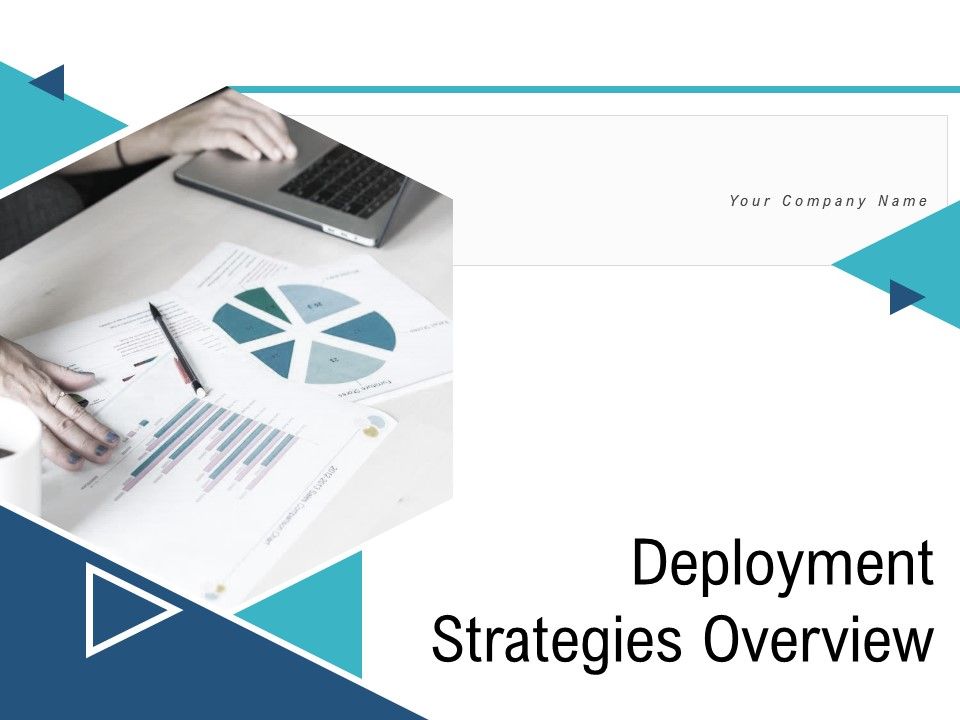


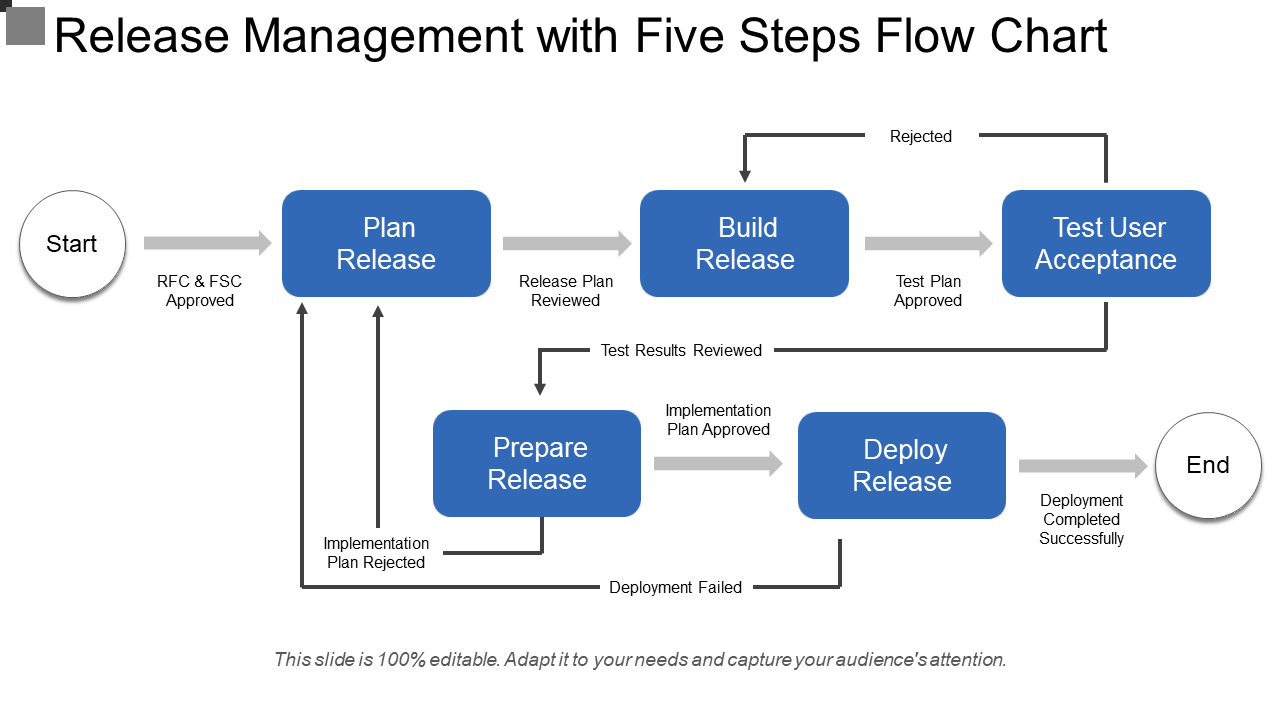
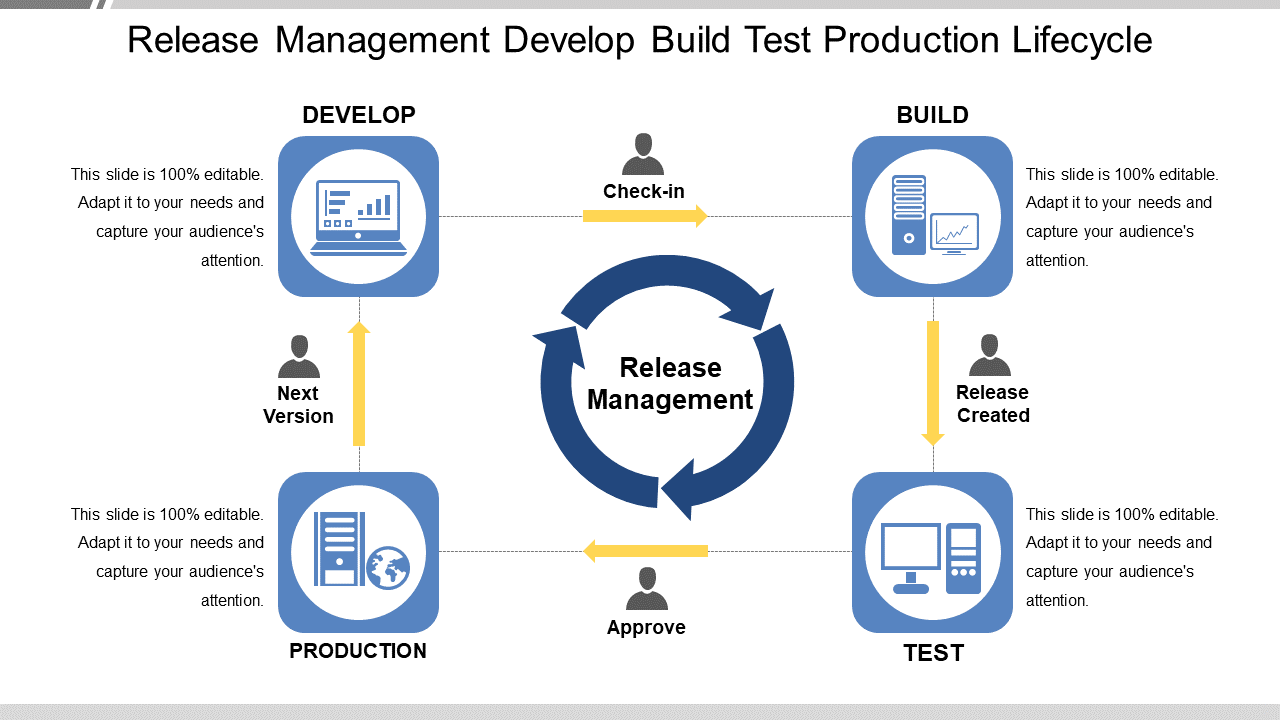
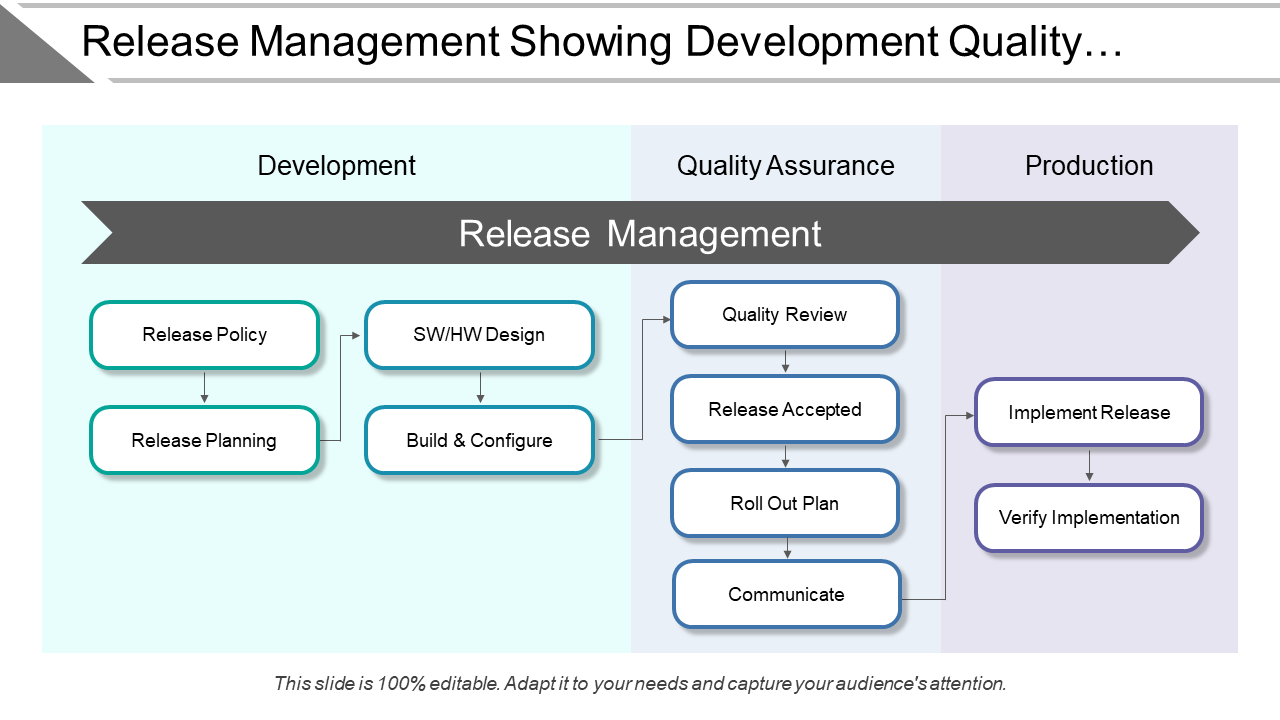
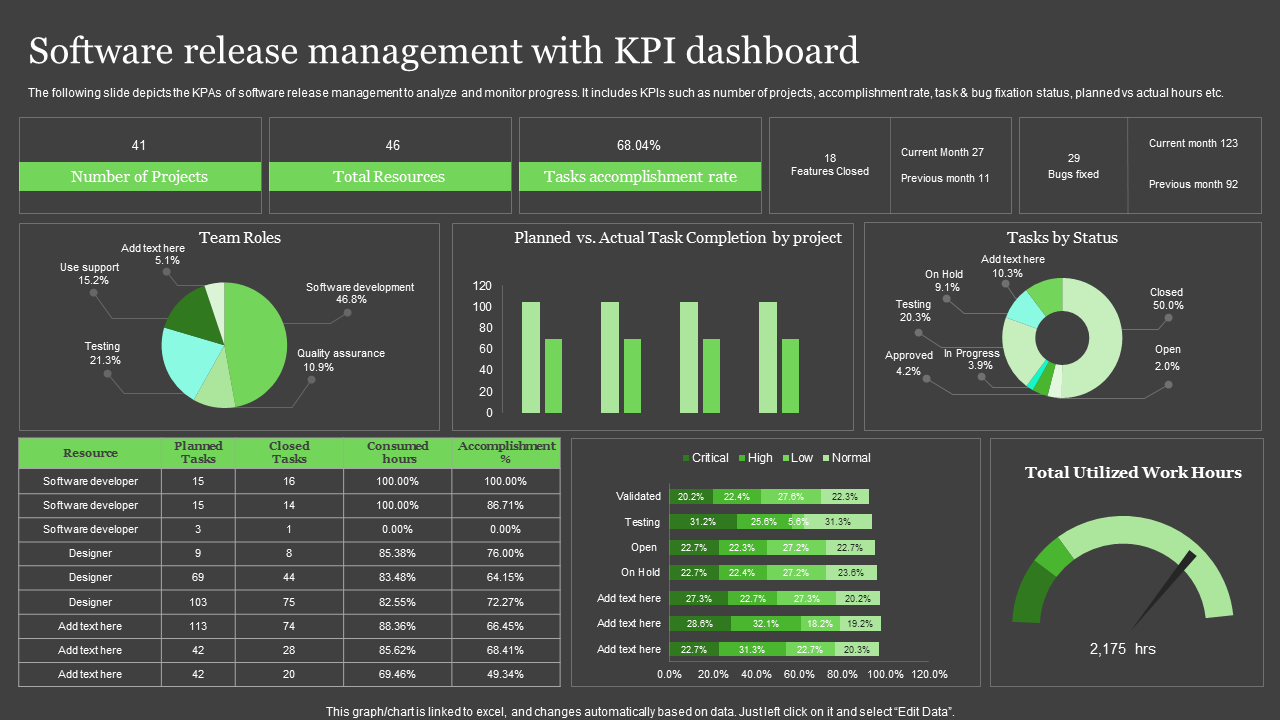
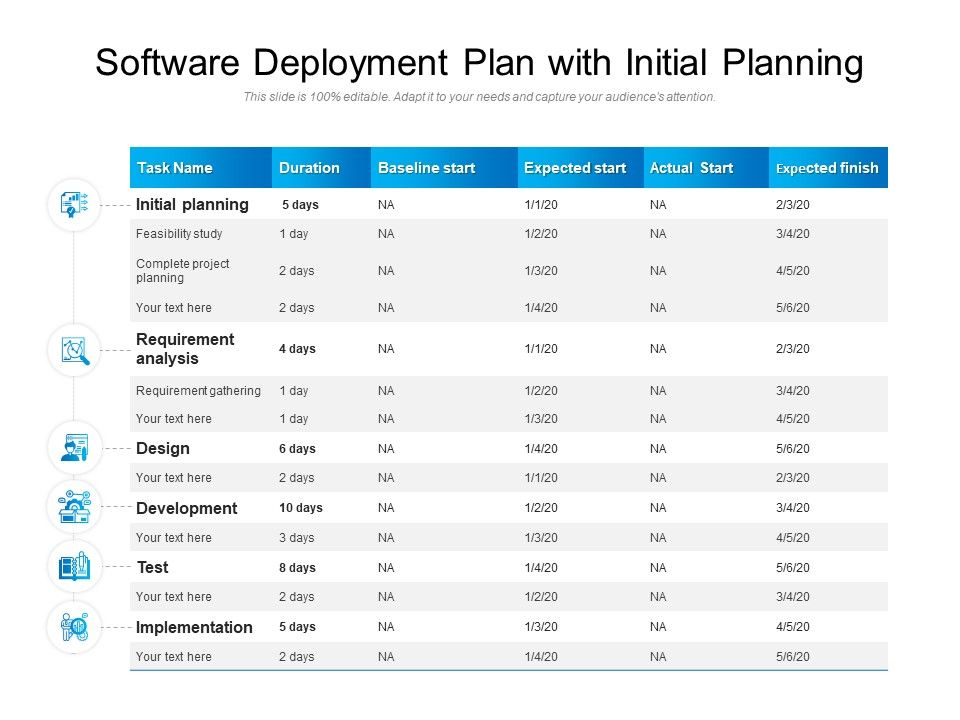
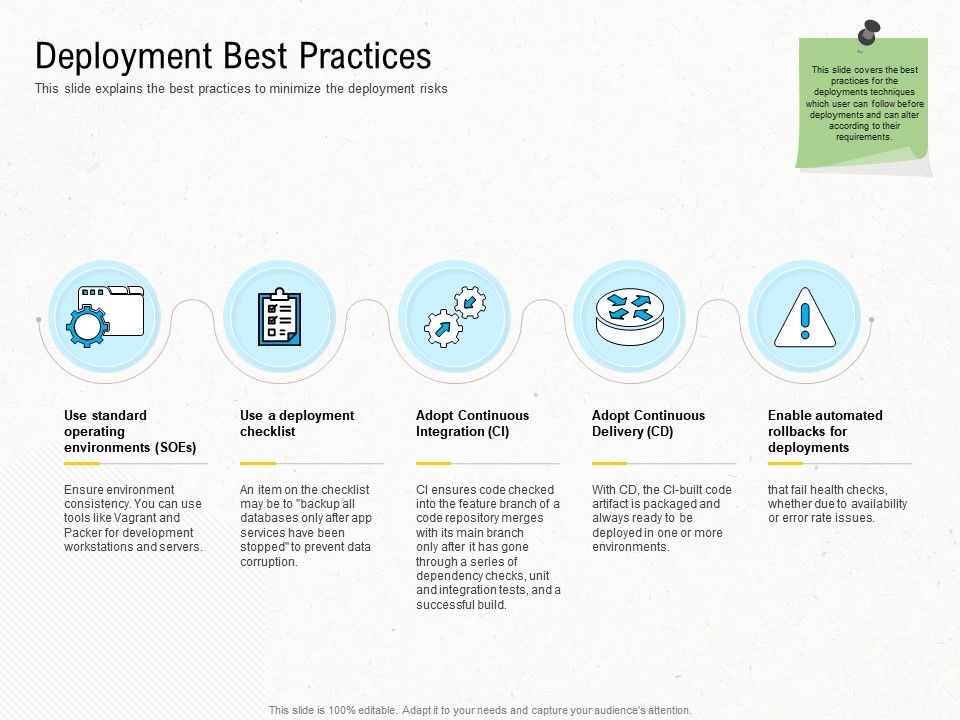
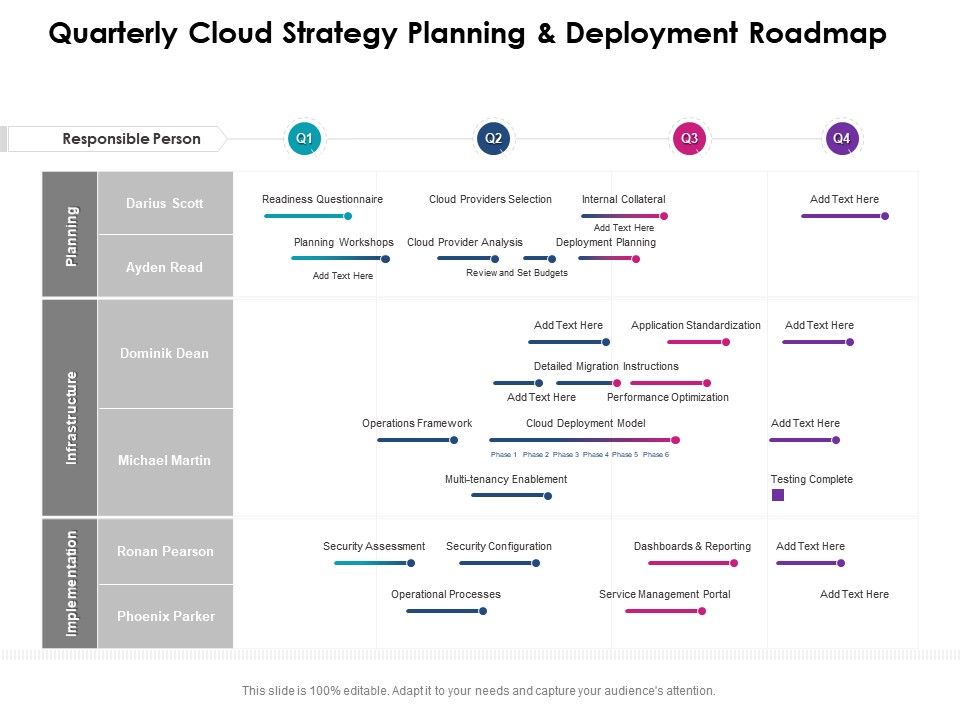




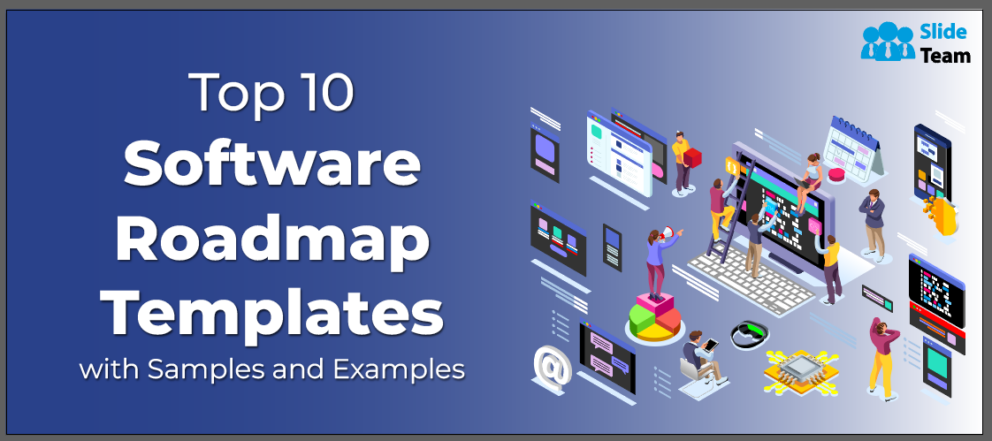

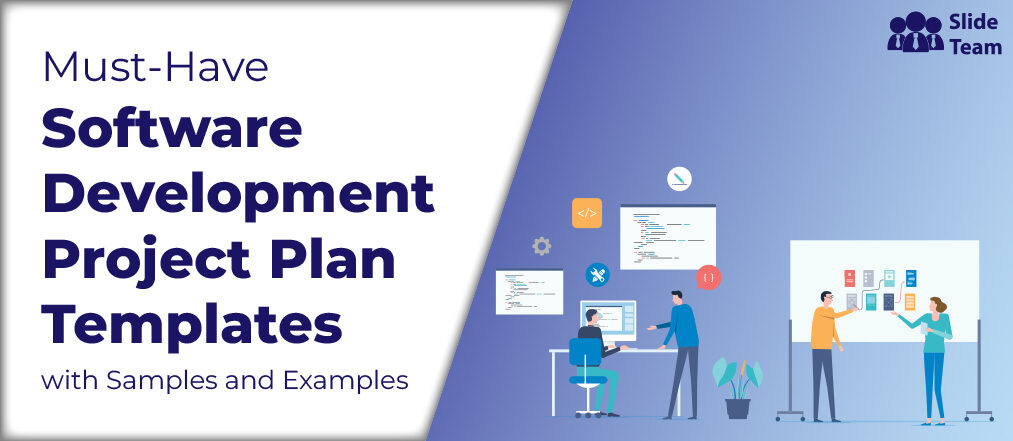
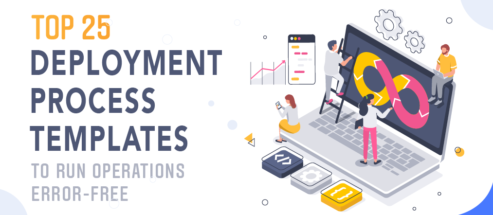
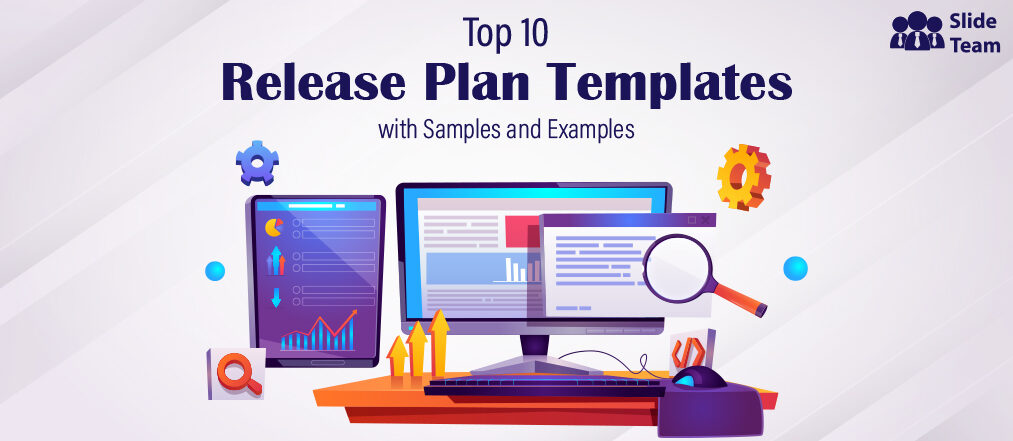

![[Updated 2023] Top 20 Artificial Intelligence PowerPoint Templates and Google Slides For Technology Geeks](https://www.slideteam.net/wp/wp-content/uploads/2020/07/size1001-436-6-335x146.jpg)











